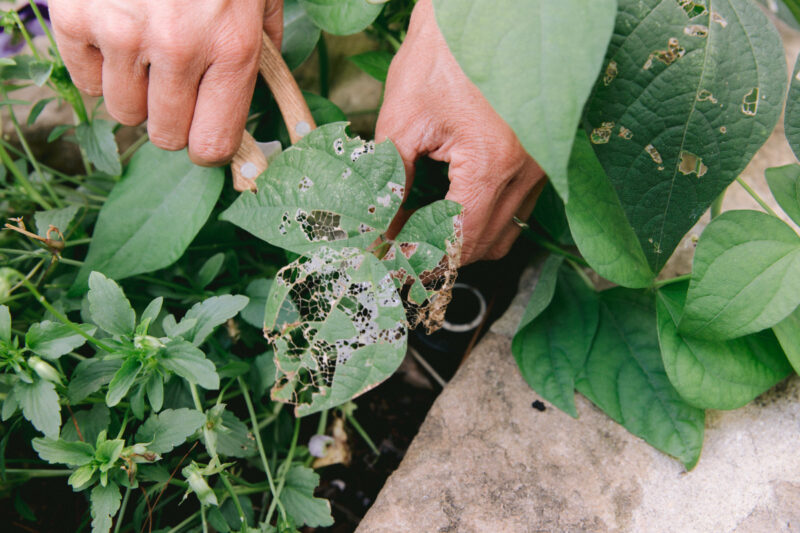Pests can significantly impact crop yields if left unchecked. On my farm, we had issues with aphids damaging our lettuce, caterpillars eating holes in our cabbage leaves, and beetles boring into our strawberry fruits. This led to a decrease in our harvest. Finding targeted yet eco-friendly control methods was paramount to the success and sustainability of our operation.
I conducted in-depth research into alternative solutions, seeking options that would effectively improve crop health and abundance without relying on synthetic chemicals. After examining various natural and organic approaches, we implemented a multi-pronged integrated pest management plan.
The techniques we trialed included beneficial insect habitat plantings to attract predators and parasites, mechanical trapping of pests, and organic treatments such as neem oil sprays. By closely monitoring pest levels and our crops’ welfare, we were able to refine our strategies over time.
I hope sharing our experience may provide helpful insights and inspiration for others striving to farm in an ecologically balanced manner.
Solution 1 – Botanical Repellents
Neem Oil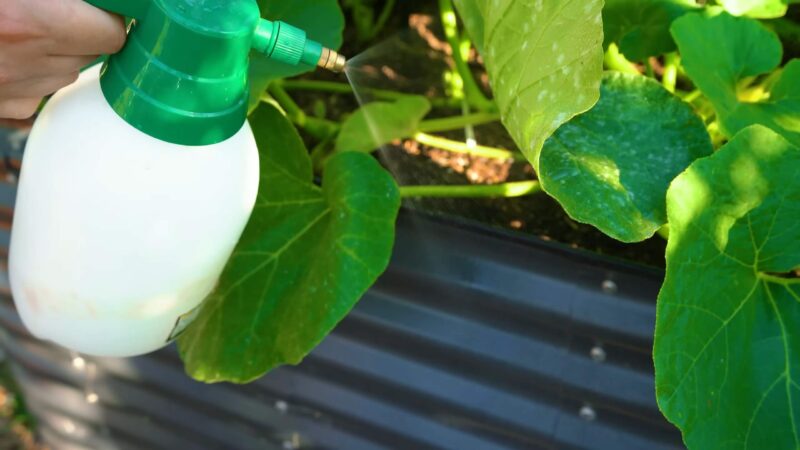
Neem oil became a core component of our integrated approach. As an azadirachtin-rich extract from the neem tree, it disrupts soft-bodied pests’ growth and reproduction in multiple ways. Once weekly, I would carefully spray our affected crops with a diluted neem oil solution.
The impacts were readily apparent. We observed a pronounced decline in the aphid colonies plaguing our lettuce patch. Other pests like cabbage loopers and strawberry beetles also seemed to retreat. Best of all, the neem appeared selective – predatory and parasitic insects faced no ill effects from its use.
With its simple application method and compatibility with organic certification, neem oil proved an invaluable ally in our struggle for balance in the fields. Its effects validated our choice to rely where possible on plant- and insect-based solutions rather than synthetic chemicals.
Essential Oils
After some experimentation, I found peppermint and lavender essential oils to be valuable allies. With just a few drops blended into my sprayer tank, these aromatic liquids took on a vital protective role.
The refreshing fragrances seemed to bewilder many troublesome visitors to my crops. Pests like cabbage loopers paused in confusion, giving beneficial insects time to do their work. Even stubborn strawberry beetles appeared reluctant to linger where these oils’ scents permeated.
Solution 2 – Biological Controls
Beneficial Insects
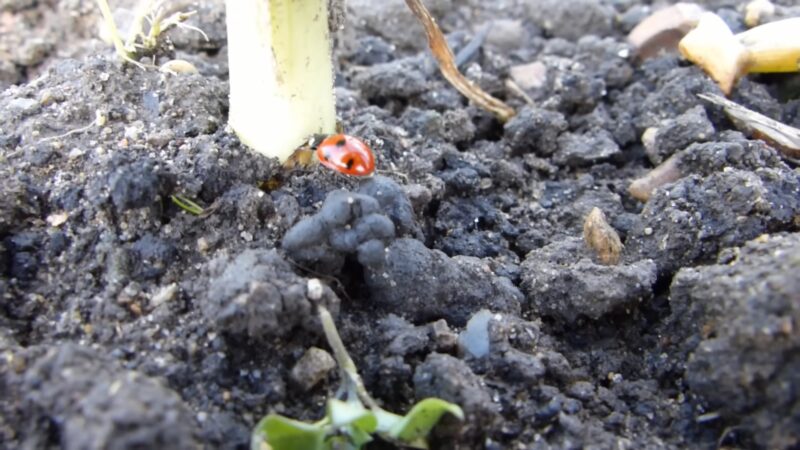
After learning how certain insects can aid crop protection, I knew I had to try attracting helpful predators. Ladybugs in particular are such charming and industrious creatures.
When aphids threatened to overwhelm my greens patch once more, I placed an order for some extra ladybug help. Upon their delivery, I gently released clusters of these spots throughout the garden. It gladdened my heart to see them set to work without fuss.
Within mere days, the aphid swarms thinning. Truly amazing to see insects themselves serving as living pesticides.
Predatory Nematodes
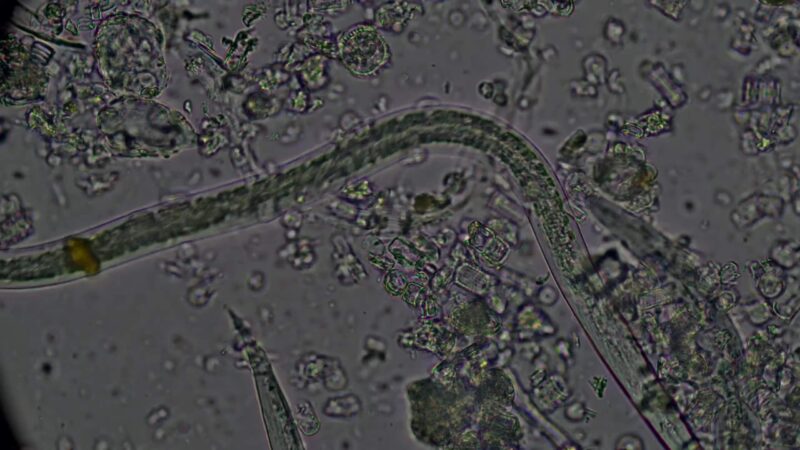
These tiny roundworms harbor specialized bacteria to infiltrate the bodies of soil-dwelling pests. Once inside, they unleash their cargo to undo the invaders from within – nature’s unseen vengeance.
On a dewy eve, I unsealed canisters of these micro-warriors and gently dispersed them into irrigated beds where the maggots lurked. Though the process was simple, its impacts proved potent. Within weeks, those root-biters declined, and spinach sprouted strong once more.
Solution 3 – Organic Compounds
Diatomaceous Earth
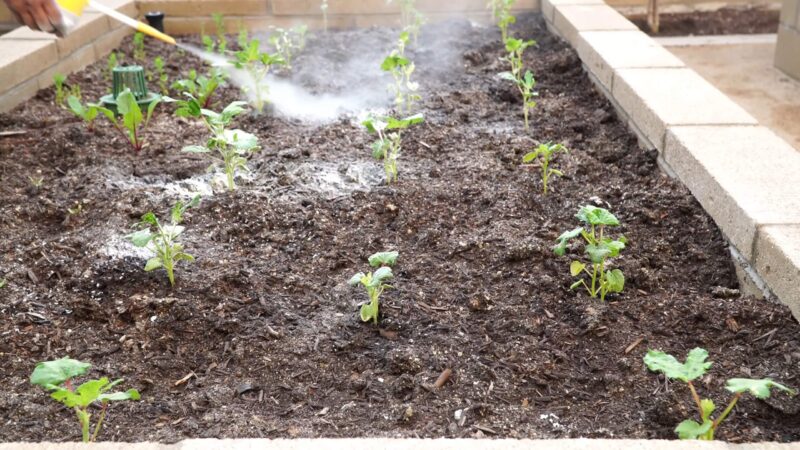
Though soft to the touch, its microscopic structure proved uniquely suited to defend my plants.
Upon identifying beetle nibbles and looper holes emerging, I carefully dusted this pale powder around low-lying leaves and trunks. Not interfering with beneficials’ passage, it nonetheless disrupted unwelcome visitors. Through its subtle action, DE drained dangerous fluids from invaders’ shells, decommissioning them without further harm.
Bacillus thuringiensis (B.T.)
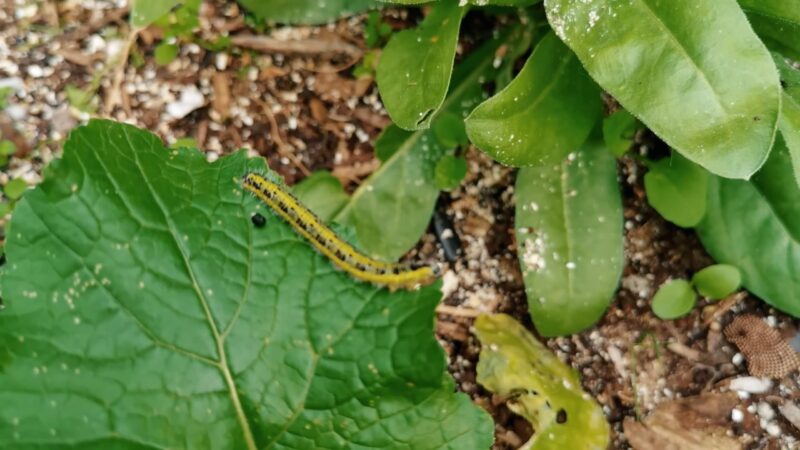
Rather than a broadcast solution, B.t.’s effects targeted the precisely those who fed upon sought-after leaves. When ingested by these inchworms and loopers alone, it unleashed proteins disrupting to their kind specifically. A few misted applications upon nibbled foliage proved enough – within days, those caterpillars’ damage ceased while all else remained.
Solution 4 – Physical Barriers and Traps
Row Covers
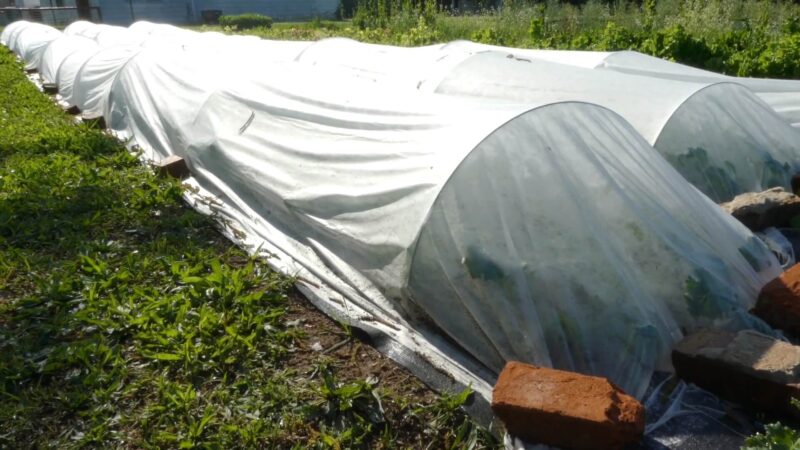
What a relief it was to see tender transplants sheltered thus from nibbling beetles and such. Without interrupting their delicate upbringing, these covers kept trifling invaders strictly at bay. How like a parent’s watch they shone, a veil to guide the young until strong enough to stand on their own rooted strength.
Each season since, these cloths continue conserving my efforts by defending the most vulnerable phases.
Sticky Traps
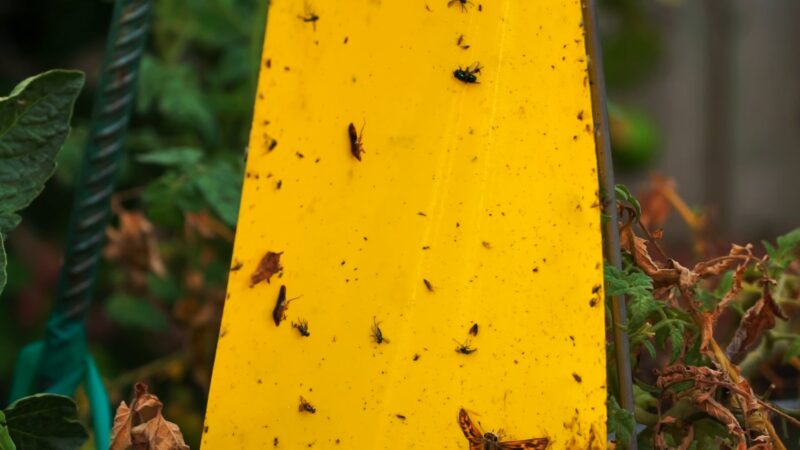
Sticky traps proved useful for monitoring small flying pests. When aphids attacked my lettuce, I placed yellow cardboard traps nearby. They attracted and captured the aphids and whiteflies effectively. While the traps needed frequent replacement, it helped reduce pest numbers over time.
The technique was low-cost and required little effort.
Pheromone Traps
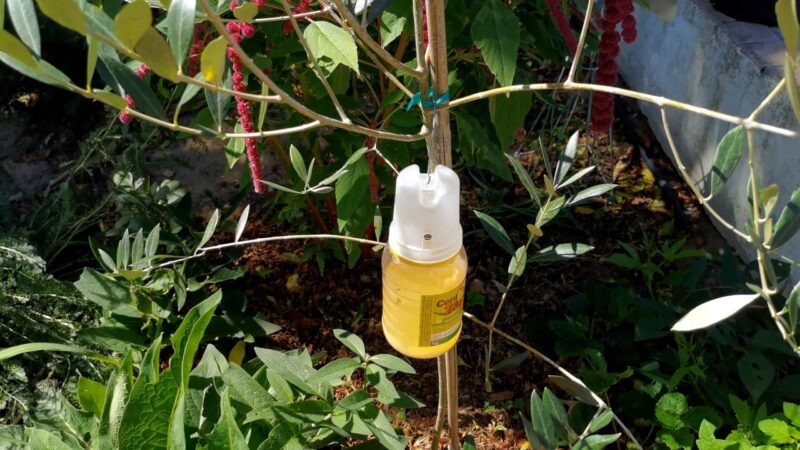
By baiting cardboard cones with synthetic pheromones mimicking insects’ mating signals, I could pinpoint which moth or beetle species were present each season.
Once lured in seeking mates, the pests instead found themselves coated on adhesive surfaces. Throughout planting cycles, regular checks showed which populations spiked so I could respond appropriately and reduce damage through other control measures.
Preventive Measures
I’ve found preventive measures to be a wise strategy for reducing pest issues in the long run.
Crop rotation is important – moving plants around each season breaks up pest life cycles so problems don’t repeat.
Interplanting also provides benefits. For example, marigolds planted with tomatoes help ward off nematodes and other pests naturally without chemicals.
But the foundation is soil health. Keeping the earth nutrient-rich makes for sturdy plants better able to withstand infestations.
Techniques like composting, mulching, and minimizing soil disturbance all contribute to strong, diverse microbial life.
Conclusion
The organic pest control methods I tested over multiple seasons were generally effective on my farm. Using botanical insect repellents, beneficial insects, and preventative strategies like crop rotation and companion planting helped curb common pest issues.
Focusing on soil health through composting and mulching also contributed to stronger, healthier plants that were less vulnerable to damage. This systems-based approach made the entire operation more balanced and sustainable long-term.

